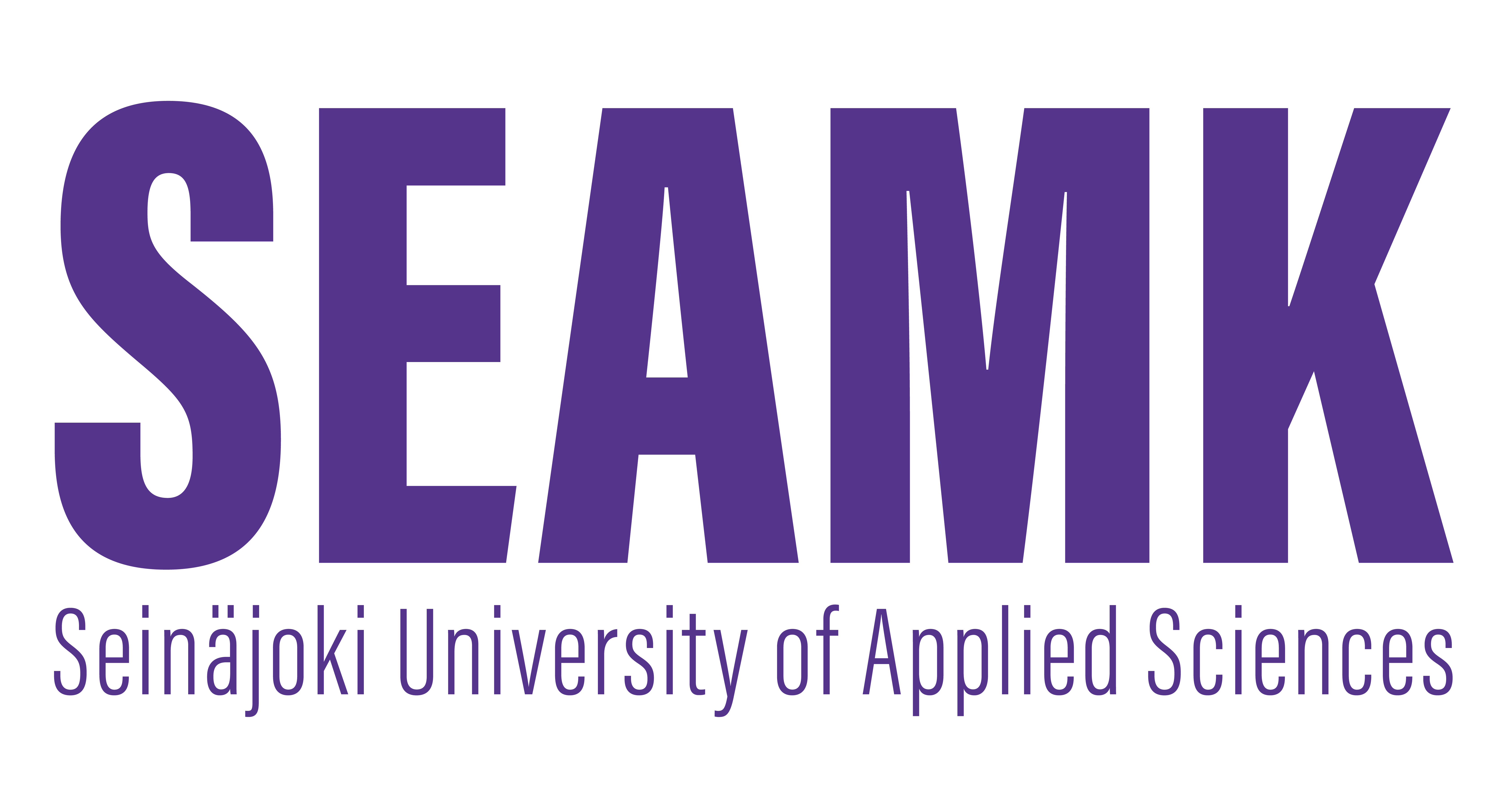Industrial Internet (3cr)
Code: KL25AB77200-3020
General information
- Enrollment
- 10.11.2025 - 14.01.2026
- Registration for the implementation has begun.
- Timing
- 07.01.2026 - 22.02.2026
- The implementation has not yet started.
- Number of ECTS credits allocated
- 3 cr
- Local portion
- 3 cr
- Mode of delivery
- Contact learning
- Unit
- SeAMK Automation Engineering and Information Technology
- Campus
- SeAMK Seinäjoki, Frami
- Teaching languages
- Finnish
- Degree programmes
- Bachelor of Engineering, Information Technology
- Teachers
- Petteri Mäkelä
- Groups
-
TITE23Bachelor of Engineering, Information Technology
- Course
- KL25AB77200
Objective
Student knows how the development in industrial internet and internet of things affects to the manufacturing industry and services.
Student knows how to develop an IoT based-application. Student knows how to send data from industrial processes and devices to IoT services. Student knows the impact of industrial internet of things on sustainable development. Student can utilize generative AI in software development.
Content
Principles of industrial internet
Cloud services and IoT platforms
Standards and protocols used with industrial internet
Web development for IoT
Generative AI in software development
Location and time
The schedules can be found in the timetable at https://lukkarikone.seamk.fi/. Timetables are published for the next six weeks. The first six weeks of autumn are published by Midsummer and the first six weeks of spring by Christmas. Timetables may be subject to changes.
Materials
Lecture material and other literature referenced therein
Teaching methods
The course is taught as classroom teaching and requires attendance at the SEAMK campus.
The course also includes independent online work.
Completion alternatives
There are no alternative completion methods for the course
Student workload
The workload of the study is designed so that one credit corresponds to an average of 27 hours of student work to achieve the learning objectives. The actual time required varies individually, e.g., due to prior knowledge.
Assessment criteria, satisfactory (1)
Student knows the basics of industrial internet and cloud services. Student can make a simple program which transmits data from simulated automation system to a cloud service.
Assessment criteria, good (3)
Student can develop application, which sends data from the automation system to the cloud service. Student can make a simple web-based application, which visualizes the data and saves it to a database. Student knows the principles of the industrial internet and knows the IIoT technologies.
Assessment criteria, excellent (5)
Student can develop application, which sends data from the automation system to the cloud service. Student can make a web-based application, which visualizes the data and saves it to a database. Student can utilize IIoT technologies in the application development.
Qualifications
Network programming
Prommable logic controllers
